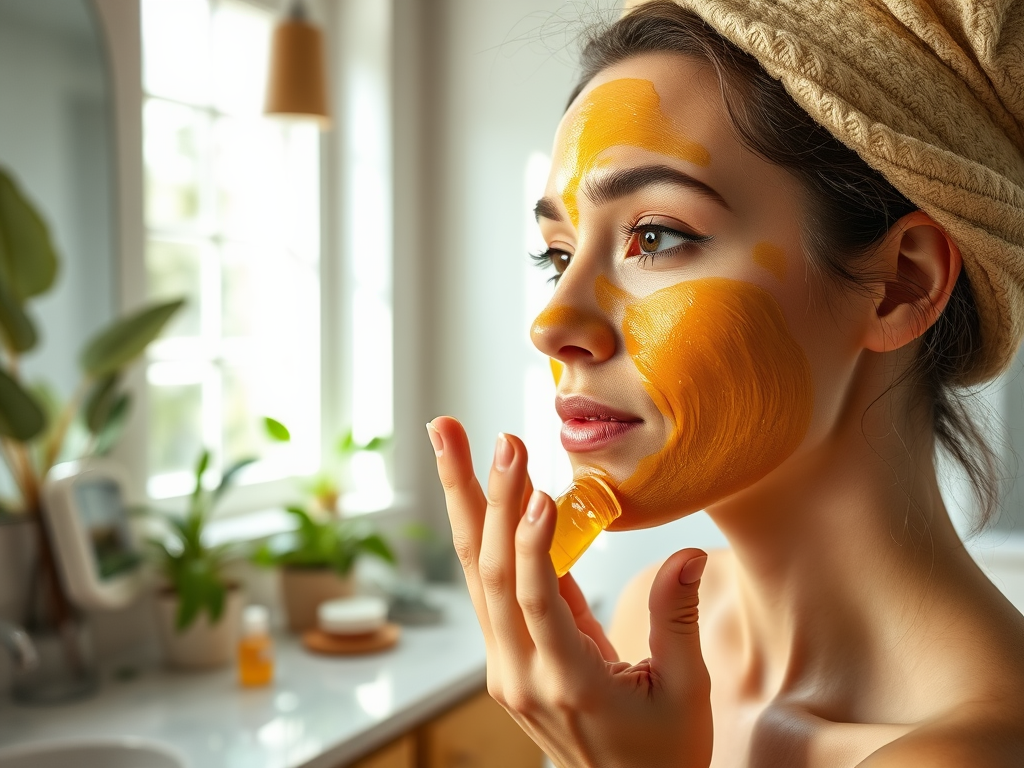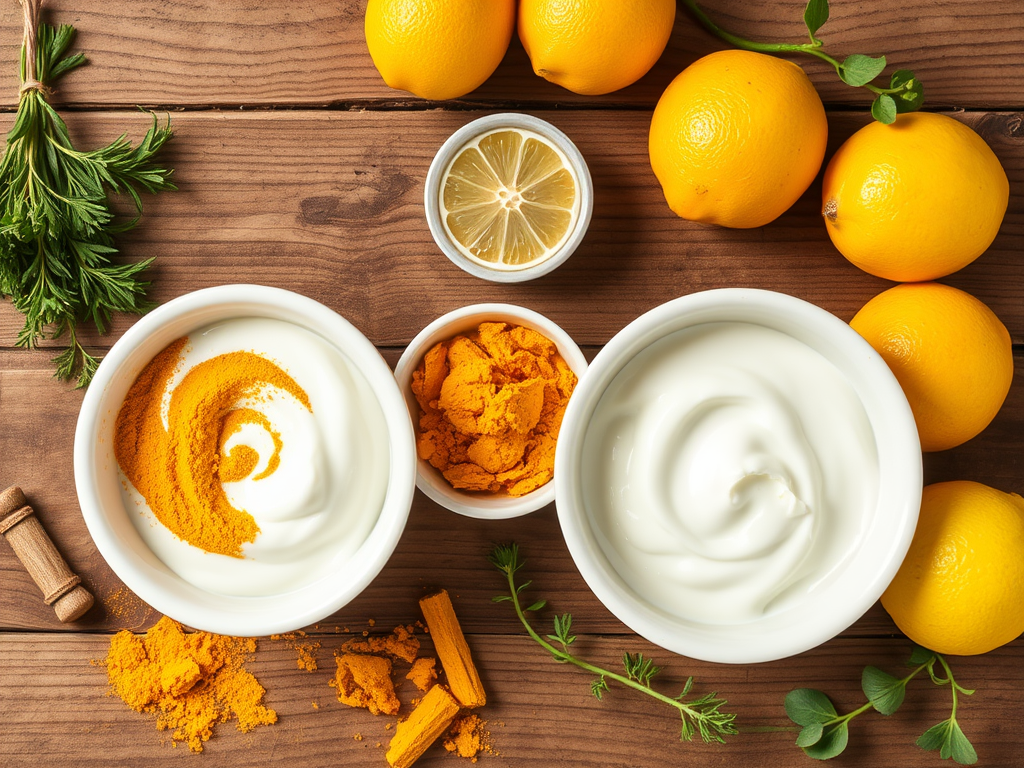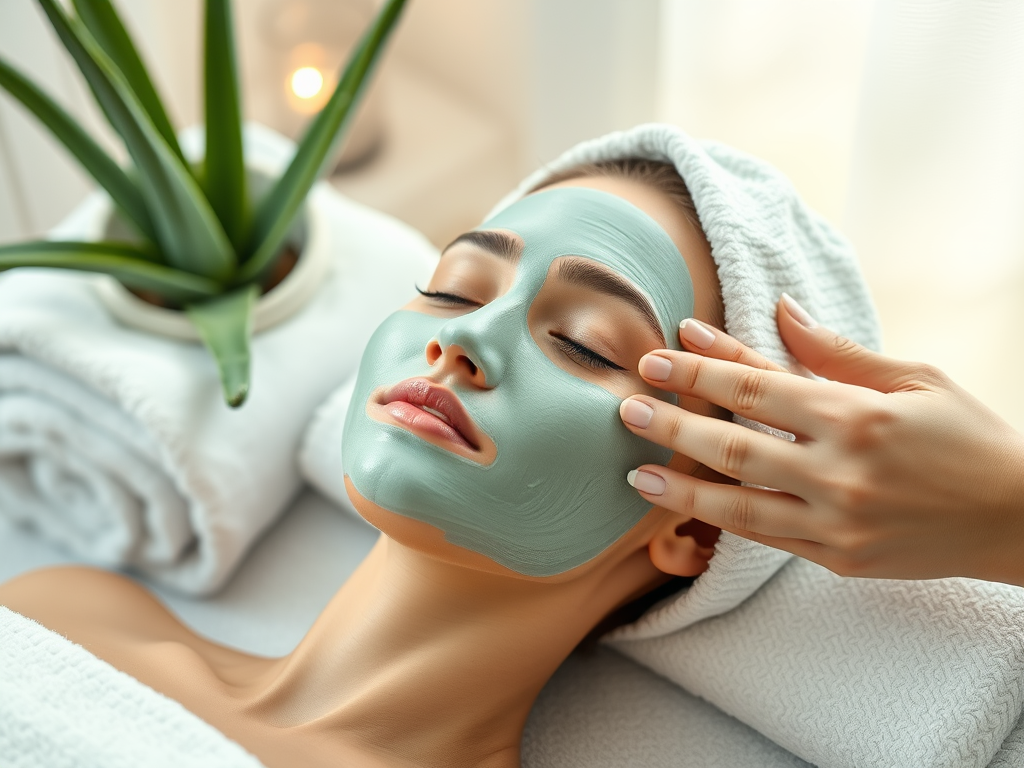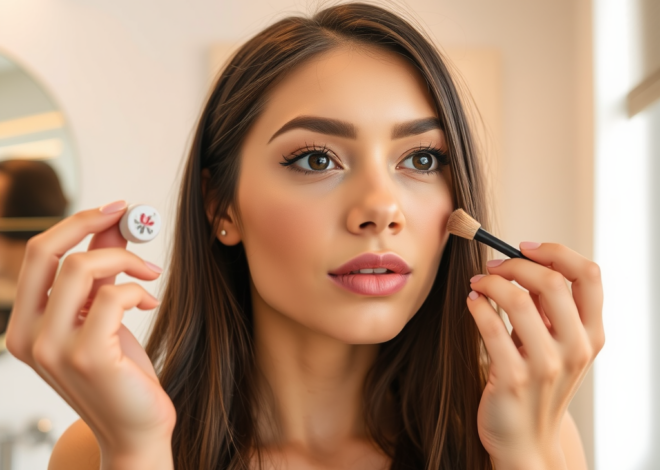
DIY Masks to Clear Blemishes: Natural Recipes for Beautiful Skin
In an age dominated by beauty trends and quick-fix solutions, finding effective and gentle skin remedies can feel daunting. The good news is that nature offers a treasure trove of ingredients that can help us achieve clearer skin without harsh chemicals or artificial additives. DIY masks make it easier than ever to whip up nourishing recipes from the comfort of your kitchen. These masks not only become a fun self-care ritual but also incorporate natural elements known for their skin-clearing properties. This article explores various DIY masks specifically designed to tackle blemishes, providing effective and natural solutions for healthier, glowing skin.
As we delve into the world of natural skincare, it’s essential to understand what blemishes actually are. Blemishes encompass a range of skin imperfections, including acne, dark spots, and scars. Various factors can lead to their development, such as hormonal fluctuations, environmental stressors, and even improper skincare routines. It’s crucial to approach these issues gently, opting for remedies that won’t disrupt the skin’s natural barrier. This is where natural DIY masks come into play, offering a holistic approach to skin health that many find beneficial.
Understanding Blemishes

Blemishes can be caused by a variety of triggers, and understanding these is vital for effective treatment. Acne outbreaks, for instance, often arise when pores become clogged with excess oil, dead skin, and bacteria. Hormonal changes, particularly during menstruation, can exacerbate this condition. Environmental factors such as pollution and UV exposure also play a significant role in damaging skin integrity, leading to blemishes. Additionally, dietary choices and stress levels can affect skin health, further complicating blemish formation. By identifying these causes, you can more effectively select the right ingredients for your DIY masks.
Benefits of Natural Ingredients

Choosing natural ingredients for skincare has numerous advantages, making it an ideal option for those looking to rejuvenate their skin. Unlike commercial products that may contain synthetic fragrances or harsh preservatives, natural ingredients tend to be gentler and more nourishing. They often boast a wealth of vitamins, minerals, and antioxidants that promote skin health. Furthermore, using clean, natural products aligns with a more sustainable lifestyle. As we become more aware of what we put on our bodies, supporting organic and natural options becomes an essential part of our wellness journey. Ultimately, embracing natural ingredients offers a profound way to support both your skin and the environment.
Key Natural Ingredients for Blemish Control
Tea Tree Oil
Known for its powerful antibacterial properties, tea tree oil is a staple in natural skincare. This essential oil helps reduce inflammation while preventing future breakouts. Its efficacy is well-documented and makes it a go-to remedy for many with problem skin. Be sure to dilute tea tree oil before use, as it can be potent and may cause irritation for sensitive skin types.
Honey
Honey isn’t just sweet; it’s also one of nature’s most effective antiseptics. Its soothing properties make it a perfect ingredient for skin masks, helping to hydrate and heal while combating bacteria. Regular use of honey masks can promote a brighter and more even complexion. Additionally, honey can enhance the skin’s moisture retention, providing both short and long-term benefits.
Turmeric
Renowned for its anti-inflammatory properties, turmeric works wonders in reducing redness and blemishes. This vibrant spice contains curcumin, known for its antioxidant benefits, which can brighten the skin and improve overall tone. Incorporating turmeric into your skincare routine can lead to noticeable improvements over time, making it a worthy addition to any DIY mask.
Aloe Vera
Aloe vera is a time-tested remedy for soothing irritated skin. Its lightweight composition allows it to hydrate without clogging pores, making it an excellent choice for those with blemishes. In addition to its hydrating qualities, aloe also possesses healing properties that can diminish the appearance of scars and dark spots.
| Ingredient | Benefits | Usage Tips |
|---|---|---|
| Tea Tree Oil | Reduces inflammation and bacteria | Always dilute before applying |
| Honey | Hydrating and antibacterial | Apply warm for better absorption |
| Turmeric | Reduces redness and brightens skin | Mix with yogurt to reduce staining |
| Aloe Vera | Soothes and heals | Use fresh gel for best results |
DIY Mask Recipes
Honey and Cinnamon Mask
This mask combines the antibacterial properties of honey with the anti-inflammatory effects of cinnamon for a powerful acne-fighting solution. To prepare, mix:
- 2 tablespoons of raw honey
- 1 teaspoon of cinnamon
Apply the mixture to clean skin, leaving it on for 15-20 minutes before rinsing with warm water. This mask is great for balancing oil levels while infusing hydration. It’s beneficial to use this mask weekly for optimal results.
Turmeric and Yogurt Mask
This delightful mask combines the powers of turmeric and natural yogurt, a probiotic that can help brighten and nourish your complexion. To make it, you’ll need:
- 1 tablespoon of turmeric powder
- 2 tablespoons of yogurt
Blend the ingredients well, apply to your face, and let it sit for about 15 minutes. The probiotics in yogurt work alongside turmeric to combat bacteria, leaving your skin refreshed.
Tea Tree Oil and Clay Mask
This mask is perfect for deeply cleansing and detoxifying your skin. Combine the following ingredients:
- 1 tablespoon of bentonite clay
- 2-3 drops of tea tree oil
- Water to achieve desired consistency
Create a paste and apply it to problem areas, allowing it to dry before rinsing. Using this mask once a week can help keep acne at bay.
Aloe Vera and Coconut Oil Mask
To whip up a hydrating and soothing mask, mix:
- 2 tablespoons of fresh aloe vera gel
- 1 tablespoon of coconut oil
Apply to the face and let it sit for 20 minutes before rinsing. This mask not only hydrates but also promotes healing on a cellular level.
Tips for Getting the Most Out of Your DIY Masks
To enhance the effectiveness of your DIY masks, consider a few essential tips. First, always start with a clean face, as this allows the ingredients to penetrate effectively. Additionally, consider the temperature of the ingredients; using warm honey can enhance its absorption. Apply masks in a thin, even layer to ensure optimal coverage and results. Finally, remember to patch test any new ingredients to avoid potential reactions, especially if you have sensitive skin.
Conclusion
Incorporating DIY masks into your skincare regimen can lead to remarkable improvements in your skin’s texture and clarity. With an array of natural ingredients at your disposal, there’s no need to settle for harsh chemicals. These recipes not only promote clear skin but also provide a holistic approach to beauty. By embracing the power of nature, you invest in the health and longevity of your skin. The journey to beautiful skin can be both enjoyable and effective, empowering you to feel confident each day.
Frequently Asked Questions
Here are some frequently asked questions regarding DIY masks for blemish control:
- What are the best ingredients to use for DIY blemish masks?
– Natural ingredients like tea tree oil, honey, turmeric, aloe vera, and yogurt are highly effective for controlling blemishes. - How often should I use these masks?
– It’s generally recommended to use DIY masks 1-2 times per week, depending on your skin type and sensitivity. - Can these masks work on all skin types?
– Most natural ingredients can be beneficial, but individuals with sensitive skin should patch test and adjust recipes as necessary. - How long should I leave the mask on?
– Most masks should be left on for about 10-20 minutes, but you should follow the specific instructions for each recipe. - Are there any side effects to using these masks?
– While natural ingredients are generally safe, some individuals may experience irritation. Always patch test and discontinue use if any adverse reaction occurs.


